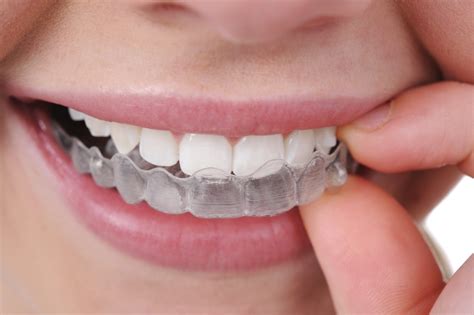Is Invisalign's Speed Worth the Cost?
Invisalign has revolutionized orthodontic treatment, offering a discreet and comfortable alternative to traditional metal braces. However, the allure of straighter teeth comes with a price tag, and the question many potential patients ask is: is the often-higher cost of Invisalign, particularly with accelerated options, justified by the speed of treatment? The answer, as with most things, is nuanced and depends on individual circumstances.
What Makes Invisalign Faster Than Traditional Braces?
Before diving into the cost-speed equation, it's crucial to understand what contributes to Invisalign's potential for faster treatment times. While not always faster, Invisalign offers several advantages:
- Advanced Technology: Invisalign utilizes sophisticated computer software to create a precise 3D model of your teeth and predict their movement throughout treatment. This allows for more efficient treatment planning compared to the more manual approach often used with traditional braces.
- Customization: Each aligner is custom-made to fit your teeth perfectly at each stage of treatment. This precision can minimize discomfort and potentially speed up the process.
- Improved Patient Compliance: The removable nature of Invisalign aligners allows for better oral hygiene and easier cleaning, potentially reducing the risk of complications that could delay treatment. Furthermore, the discreet nature can improve patient confidence and adherence to the treatment plan.
- Accelerated Options: Invisalign offers several options to expedite treatment, such as the use of attachments (small, tooth-colored bumps bonded to the teeth) that aid in tooth movement and AcceleDent, a device that uses vibrations to speed up bone remodeling. These additions, however, increase the overall cost.
How Much More Expensive is Invisalign?
The cost of Invisalign varies significantly depending on several factors, including:
- Severity of the misalignment: More complex cases naturally require more aligners and thus, a higher cost.
- Geographic location: Costs can vary considerably based on the dentist's location and practice overhead.
- Inclusion of additional services: The cost may include retainers, additional aligners for refinements, and other services.
- Accelerated options: Incorporating AcceleDent or other accelerated techniques adds to the overall expense.
While a direct comparison is difficult without specifics, it's generally accepted that Invisalign's initial cost is often higher than traditional braces. However, the total cost can sometimes be comparable, depending on the length of traditional brace treatment needed.
Is the Speed Worth the Extra Cost?
This is a personal decision. Here’s a breakdown to help you weigh the pros and cons:
Factors Favoring Invisalign's Speed (and higher cost):
- Time is valuable: For busy professionals or individuals who prioritize convenience, the potential for faster treatment can be a significant benefit justifying the higher cost.
- Less discomfort: Some find Invisalign aligners more comfortable than traditional braces, making the potentially quicker treatment even more appealing.
- Improved aesthetics: The discreet nature of Invisalign can be a major factor for individuals concerned about the appearance of braces.
Factors Arguing Against the Extra Cost for Speed:
- Budget constraints: The higher cost of Invisalign, especially with accelerated options, may be prohibitive for some individuals.
- Treatment suitability: Not all cases are suitable for Invisalign, and traditional braces may be a more effective option in certain situations.
- Potential for refinements: Even with accelerated options, refinements might be needed, potentially extending the overall treatment time and cost.
What About Invisalign's Accelerated Options? Are They Worth It?
Invisalign's accelerated options, like AcceleDent, promise to further shorten treatment time. However, the added cost needs careful consideration. The effectiveness of these methods varies, and individual responses differ. Discuss the potential benefits and drawbacks with your orthodontist to determine if it aligns with your needs and budget.
How to Choose the Right Treatment for You
The best approach is to consult with a qualified orthodontist. They can assess your specific case, discuss the pros and cons of Invisalign versus traditional braces (including accelerated options), provide a personalized cost estimate, and help you make an informed decision based on your individual circumstances, preferences, and budget. Don't hesitate to ask about payment plans or financing options if cost is a concern.
Ultimately, whether Invisalign's speed is "worth" the cost depends entirely on your priorities and financial situation. Thorough consultation and careful consideration of all factors will help you make the best decision for your smile.

